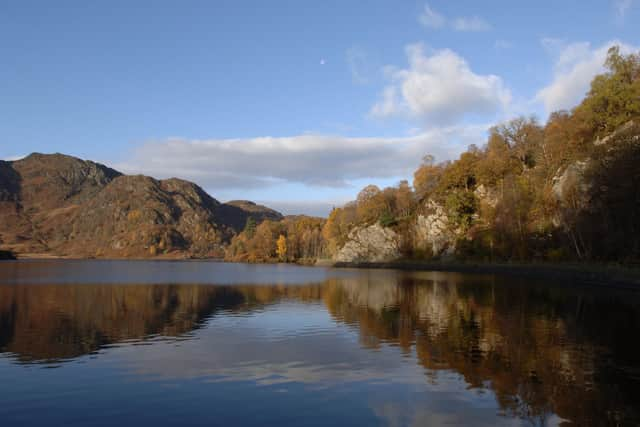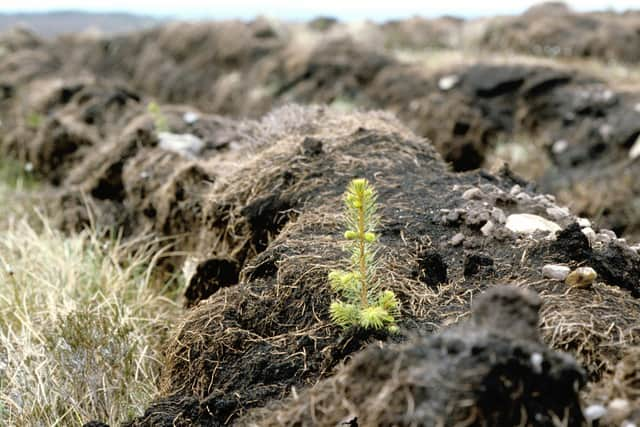COP26: Landscape regeneration at Scottish loch to keep taps flowing at global summit
The aim of the project is to improve the natural landscape, increase biodiversity and counteract the impacts of climate change – as well as safeguarding water supplies.
Loch Katrine, in the Trossachs, is the main source of drinking water for Glasgow, supplying 1.3 million people in and around the city and across other parts of the central belt.
Advertisement
Hide AdAdvertisement
Hide AdBut a series of devastating landslides caused by extreme wet weather in 2019 left people needing rescued, roads blocked, power lines cut and taps turned off.


Now Forestry and Land Scotland (FLS) is leading an ambitious landscape-scale project that will include repairing damaged peatlands, conserving ancient woodlands and planting new native trees across an area covering 14,500 hectares.
The programme of measures will help stabilise the land, protect against flooding and boost wildlife in the region.
“Loch Katrine and its surrounding catchment is a jewel in Scotland’s natural environment crown,” said Dr Mark Williams, sustainability and climate change manager at Scottish Water, which is collaboratiing on the project.


“Smart approaches to peatland restoration, planting and replanting, forest and land management, natural regeneration and biodiversity will mean Loch Katrine, for decades and longer to come, will be a valuable asset to our communities.”
Planning for such a project – and all future tree planting – requires a degree of “crystal ball gazing”, according to FLS forest management officer Martin Price.
It is necessary to look ahead to understand how Scotland will be affected by future climatic conditions and what trees will be able to thrive in different regions.
“We’re in it for the long haul,” he said.


“We have to look at the impacts of climate change and new pests and diseases that will emerge as temperatures rise and plan ahead.
Advertisement
Hide AdAdvertisement
Hide Ad“We are also trialling alternative species to identify which ones might grow best in a warmer Scotland.”
Average temperatures in Scotland are set to rise in coming decades, with weather becoming more extreme.
Seasons will continue to shift, with earlier springs, milder, wetter winters and wetter and hotter, drier summers.
High winds and storms, droughts and wildfires will become increasingly commonplace.
“It’s all about balance, and planting the right trees in the right places,” said Price.
“It’s like a recipe.
“Planting must be site-appropriate.
“Firstly we identify what’s required, whether it’s timber production, public amenity, conservation or a mix.
“We have to know soil condition and predicted weather to be sure a crop can grow somewhere in 40 or even 80 years.”
FLS manages around eight per cent of Scotland’s national forest and land.
Advertisement
Hide AdAdvertisement
Hide AdThe agency has an annual target to plant 25 million trees each year, part of a national plan to see woodlands covering 21 per cent of the country by 2032.
Coverage is currently around 17 per cent – lower than in much of Europe but a major increase since 1900.
Around seven million seedlings are grown at FLS’s Newton nursery in Moray each year – including novel species – to provide stock for new forests.
According to official figures, the forestry industry contributes £1 billion per year to the Scottish economy and supports more than 25,000 jobs.
A message from the Editor:
Thank you for reading this article. We’re more reliant on your support than ever as the shift in consumer habits brought about by coronavirus impacts our advertisers.
If you haven’t already, please consider supporting our trusted, fact-checked journalism by taking out a digital subscription.
Comments
Want to join the conversation? Please or to comment on this article.
